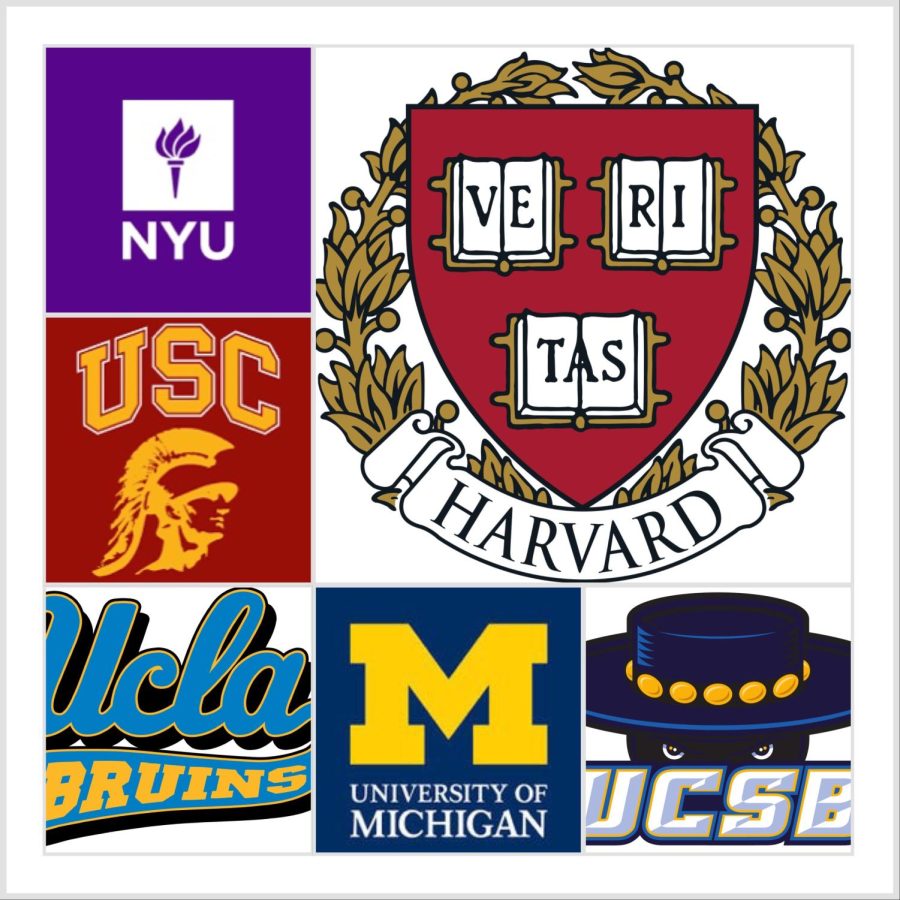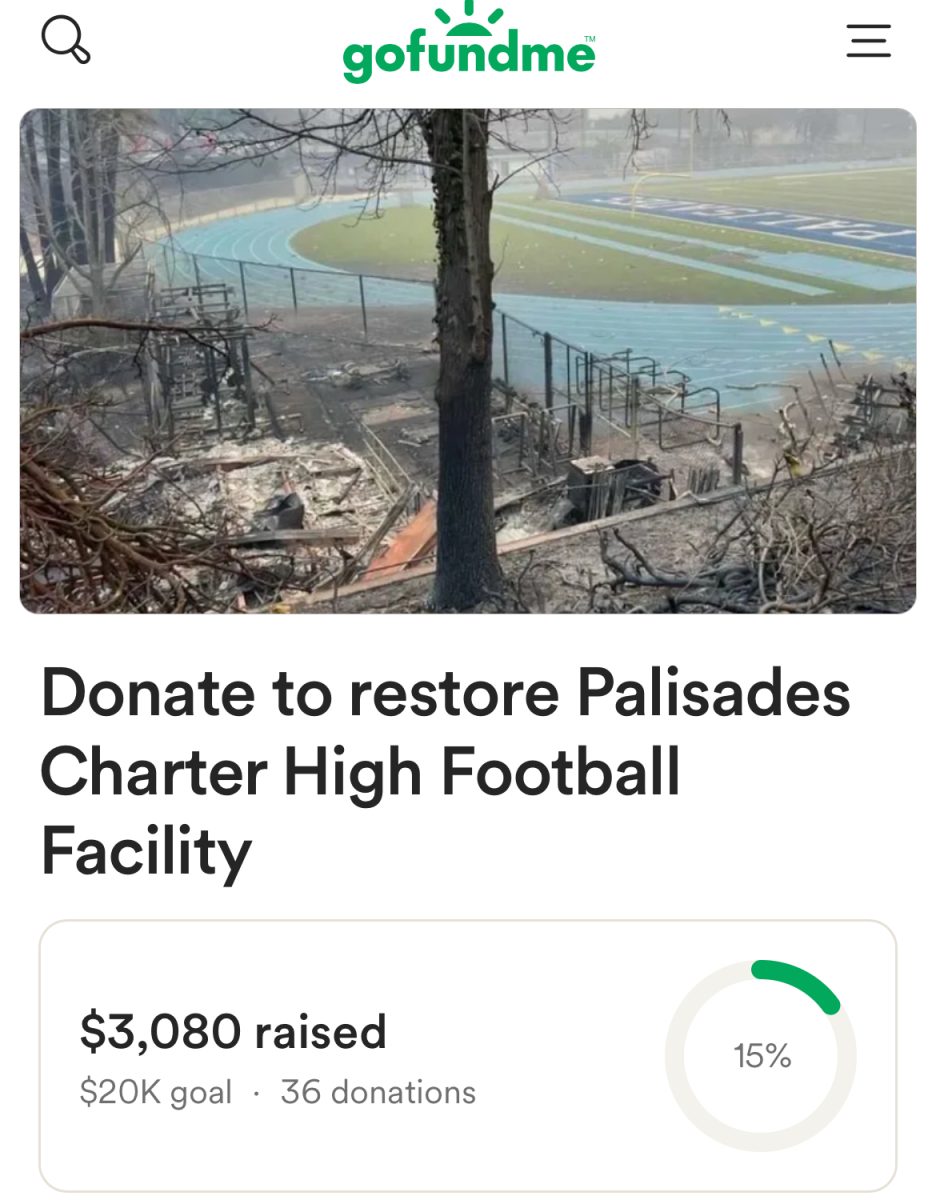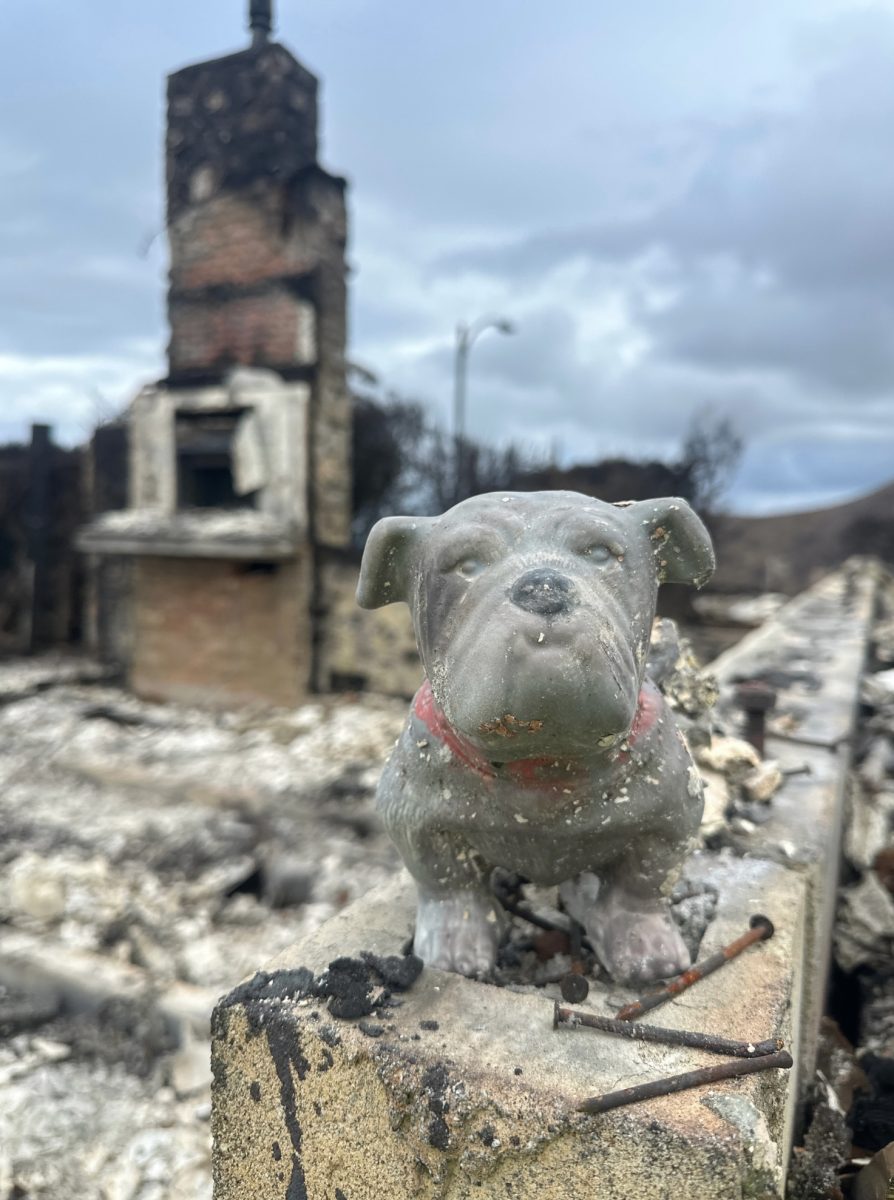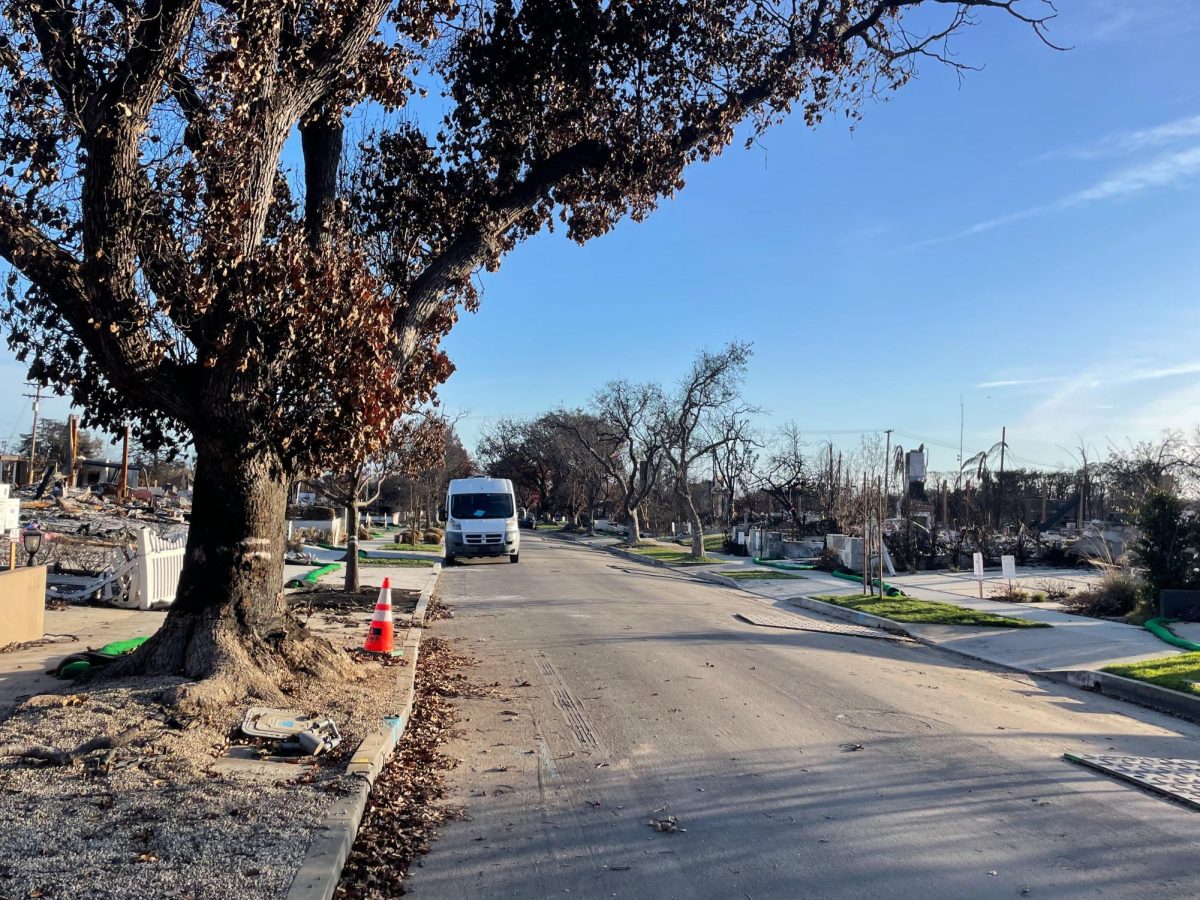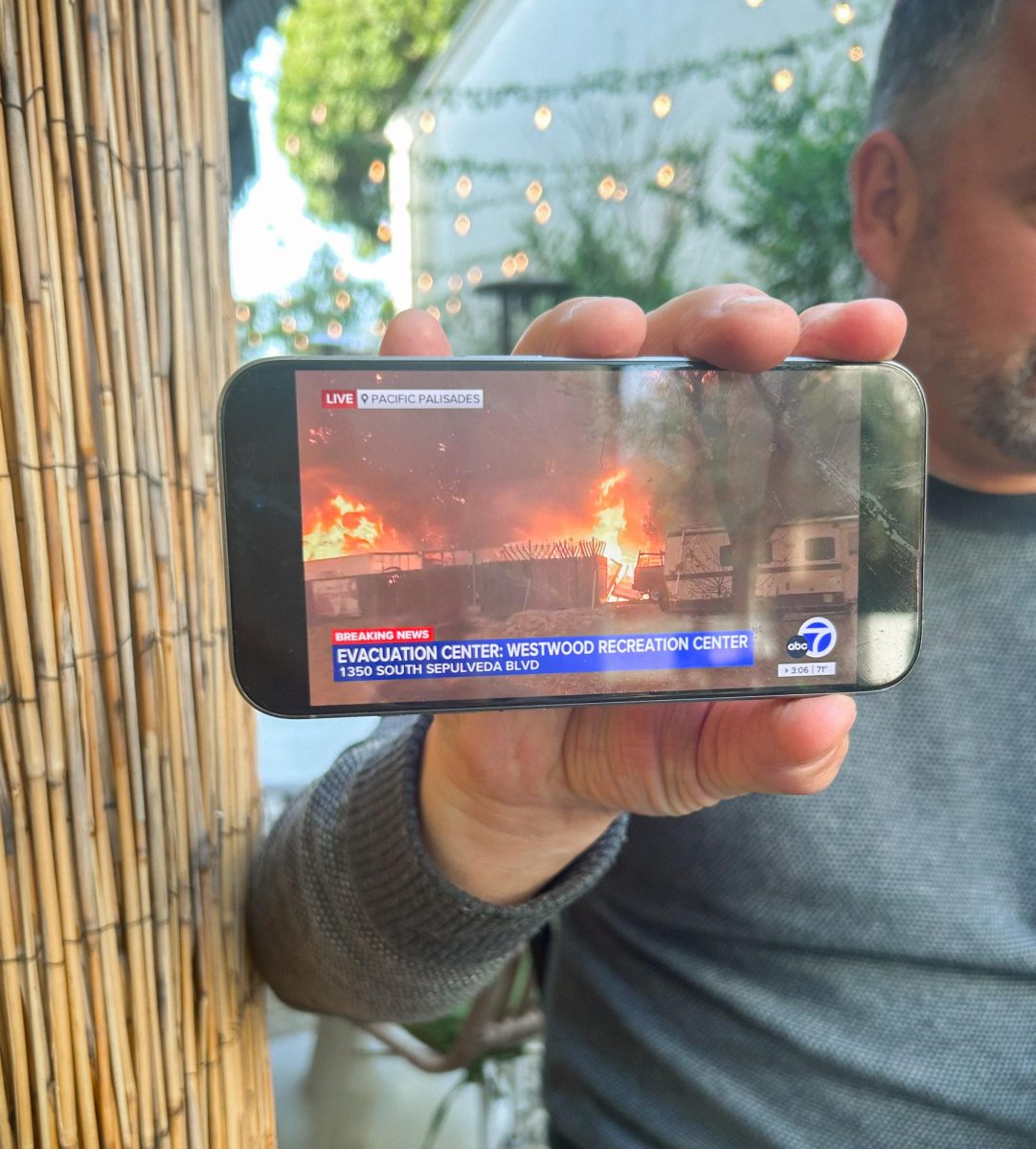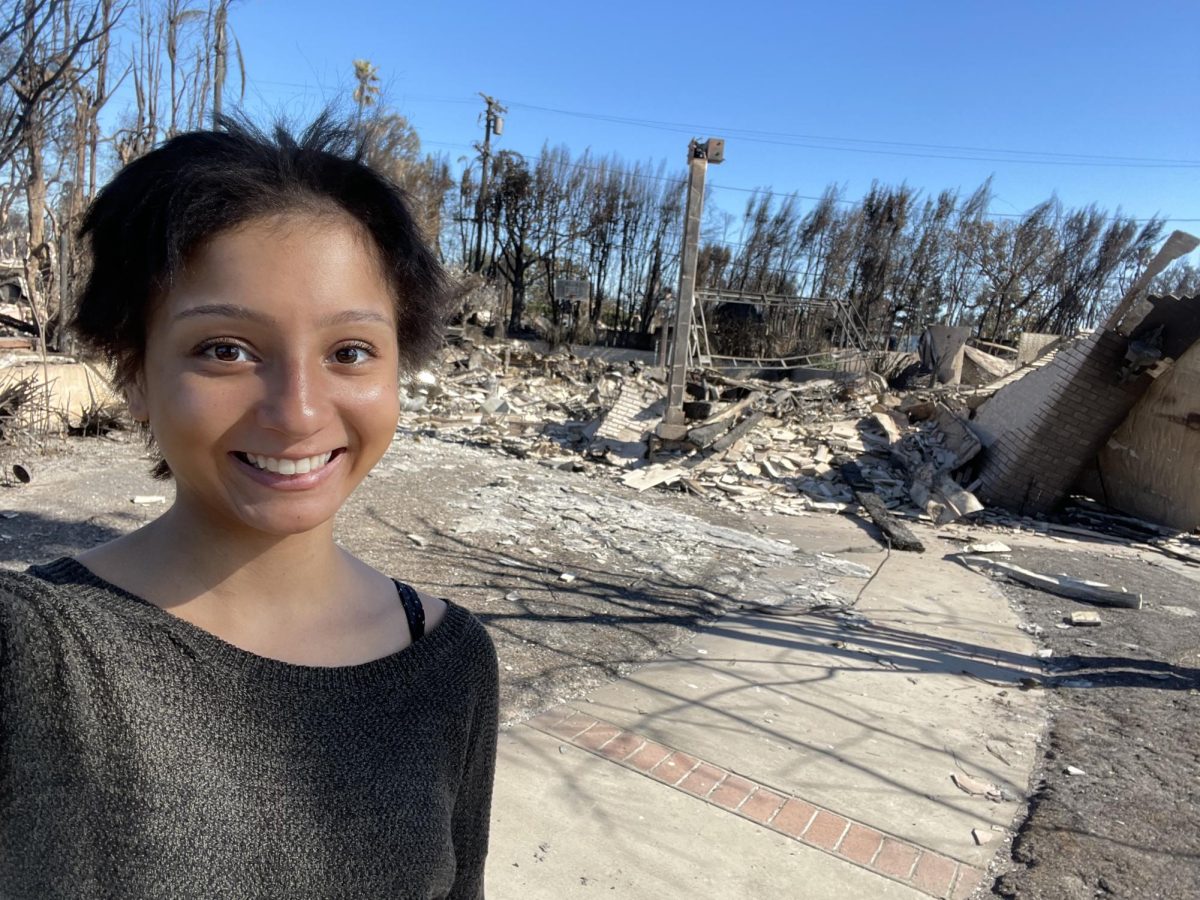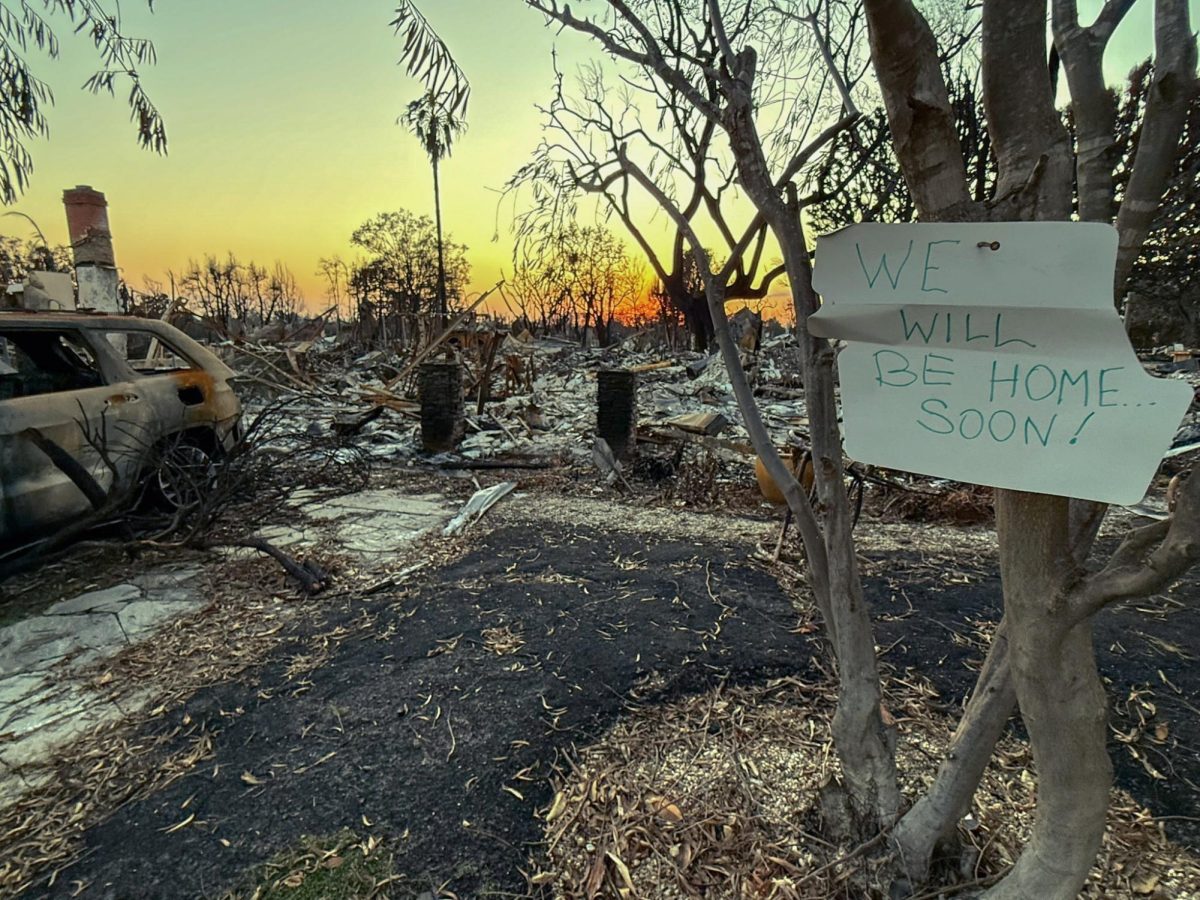The Yellow Brick Road to College
March 3, 2023
For many high school students, the college admissions process symbolizes the culmination of their academic achievements throughout high school. Whether through the traditional admissions process or the community college route, Pali seniors have found their own paths to success.
But where does an applicant start? How do they choose where to apply? Most of the time, applicants get mired in the complicated jargon of college admissions, searching for the ideal combination of reach, target and safety schools while scouring YouTube and Reddit for inspiration. In reality, there is no single “right” path for students in the search for their postsecondary education.
Crafting a college list involves a variety of factors, including location, prestige, cost of attendance and availability of intended major. The application process is highly personalized, as these considerations vary among different students.
Senior Hemosoo Woo said that he determined his priorities before applying.
“Location was very important,” Woo said. “I also looked a lot at rankings because I wanted to go into computer science, and that’s obviously very competitive.”
Woo said that he also considered the social atmosphere of the universities, mentioning that he favored a mid-sized population, which creates more opportunities to form meaningful relationships within a diverse student body.
Senior Jung Jin Lee said that he placed more emphasis on the financial side of higher education.
“I used resources such as Naviance and Big Future [publicly available college planning tools offered by the College Board] to research the potential costs and anticipate the scholarships I would get at the schools I was applying to,” Lee explained. “This helped to ensure that I was also making a good financial decision.”
Net Price Calculators (which every college is required by law to have) also played a large role in determining Lee’s college list. Lee said that the calculators were valuable because they gave him an accurate estimate for the total cost of attendance while accounting for financial aid and estimated family contribution.
Lee added that he participated in summer programs linked to the schools to which he was interested in applying, including an architecture program offered by the University of California, Los Angeles (UCLA).
Some Pali students chose alternative paths to college.
Troy Haddadi, who attended Pali as a junior last year, is currently enrolled at Santa Monica College (SMC) and said that he is planning to transfer to UCLA in the fall of 2024. Haddadi added that his brother transferred from SMC to UCLA three years ago, which prompted his own decision to graduate high school early and begin attending SMC.
Haddadi said that there are a number of benefits to applying as a transfer student from SMC, including a special program that “allows students to take scholars classes at UCLA and grants students a near 90 percent chance of admission.”
Haddadi added, “SMC gives students the chance to figure out what they want to do in life, which means they are more confident in their major choices.”
Haddadi also said that he completed Political Science 51 at SMC, which is equivalent to the AP United States Government and Politics course at Pali. Most courses at SMC provide credits that universities, including UCLA, acknowledge when students transfer.
Haddadi said that he valued the distinctions between AP classes and his SMC coursework.
“I learn about practical information in my classes as opposed to small details such as the dates of past Supreme Court cases,” he said. “I would say that the SMC classes have prepared me better for writing college papers than any of my AP classes did.”
However, Haddadi said that his experiences did not detract from the value of AP classes, which still offer students the benefits of a grade-point average boost and potential college credit.
For many students, junior year is marked by stress caused by academics and extracurricular activities, and the anxiety caused by approaching college applications adds an additional layer of pressure. Contrary to common belief, Woo said that the application process should not be restricted to a source of internal turmoil, adding that there are benefits applicants can glean from the process. Painting a self-portrait for admissions officers can be a valuable opportunity for self-reflection and growth.
In addition, although the college admissions process may appear to be an indication of career success, an undergraduate education is one stepping stone in a more extensive academic journey. Students can be successful regardless of what path they take to college following high school.
“College is a pretty big deal, but everyone gets in where they’re supposed to be, so you shouldn’t really worry where you get in,” Woo said. “It’ll always work out in the end.”


